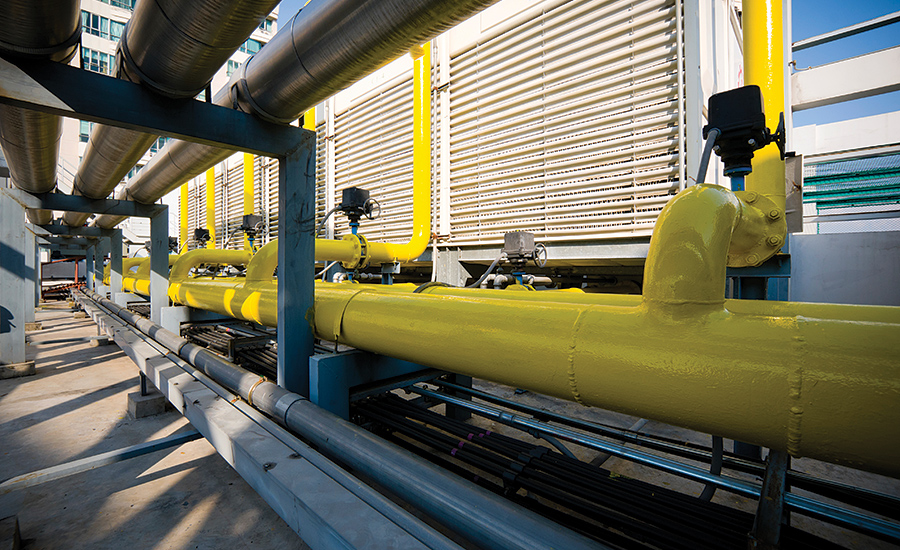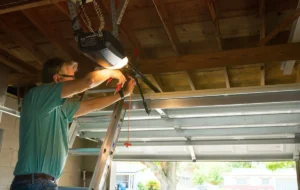
Cooling lines are vital components in various industries, including manufacturing, power generation, automotive, food processing, and chemical plants. These systems are responsible for managing and dissipating heat to ensure machinery operates at safe temperatures. One of the most crucial decisions when designing or upgrading cooling systems is choosing the right piping material. Stainless steel pipes have become the preferred choice for many engineers and facility managers due to their superior performance, longevity, and efficiency.
In this blog, we’ll explore the top benefits of using stainless steel pipes in cooling line systems and why they are a trusted solution across industries.
1. Corrosion Resistance
Cooling lines are often exposed to water, chemicals, and fluctuating temperatures, making corrosion a serious concern. Stainless steel pipes are highly resistant to corrosion, especially grades like 304 and 316, which include chromium and molybdenum that form a passive protective layer on the surface. This corrosion resistance ensures a longer service life and reduces the risk of pipe failure, leaks, and contamination.
In harsh environments—like coastal regions or chemical processing plants—stainless steel pipes continue to perform reliably without deteriorating over time.
2. High Temperature and Pressure Tolerance
Cooling systems often operate under high pressures and temperatures, particularly in industrial or power generation applications. Stainless steel pipes can withstand these demanding conditions without deforming or failing. Their superior mechanical properties make them suitable for both chilled water and high-temperature coolant circulation.
This makes stainless steel pipes an ideal material for critical applications where safety and performance are non-negotiable.
3. Durability and Longevity
Longevity is one of the main reasons industries invest in stainless steel pipes for cooling systems. Unlike plastic or galvanized steel pipes, stainless steel doesn’t degrade or break down as quickly. The material is strong, impact-resistant, and able to endure vibration, thermal expansion, and mechanical stress without cracking or leaking.
Over time, this durability translates to lower maintenance costs and fewer system downtimes, offering better return on investment.
4. Cleanliness and Low Contamination Risk
In cooling systems—especially those used in food processing, pharmaceuticals, or electronics—maintaining a contamination-free environment is essential. Stainless steel pipes are non-reactive and do not leach harmful elements into fluids, making them safe for use in sensitive applications. They also have smooth interior surfaces that reduce biofilm and scale buildup, ensuring consistent flow and system cleanliness.
Additionally, stainless steel is easy to clean and sterilize, which further reduces the risk of bacterial growth and contamination.
5. Excellent Flow Characteristics
The interior surface of stainless steel pipes is smooth, allowing coolant to flow freely with minimal resistance. This efficient flow reduces energy consumption by minimizing pressure drops and improving the overall performance of the cooling system.
Compared to rougher surfaces like carbon steel or some plastics, stainless steel ensures more consistent flow rates and heat exchange efficiency, which is vital in temperature-critical operations.
6. Sustainability and Environmental Friendliness
Sustainability is becoming a major consideration in industrial design. Stainless steel pipes are 100% recyclable and environmentally friendly. Unlike other materials, they can be repurposed at the end of their service life without losing their properties.
Moreover, their long lifespan means fewer replacements and reduced material waste, aligning well with green building standards and sustainable manufacturing practices.
7. Easy Installation and Versatile Fabrication
Modern stainless steel pipes come in a wide range of sizes, grades, and finishes, making them suitable for a variety of cooling line configurations. They can be easily welded, bent, and fabricated to match specific system requirements. This flexibility simplifies the installation process and allows for precise customization.
For facilities expanding or upgrading their cooling infrastructure, stainless steel offers the adaptability needed for complex system designs.
8. Cost-Effectiveness Over Time
While stainless steel pipes may have a higher initial cost than alternatives like PVC or copper, their long-term value far outweighs the upfront investment. Their resistance to corrosion, minimal maintenance needs, and long operational life significantly lower total cost of ownership.
Additionally, downtime due to pipe failure or repairs is drastically reduced, which can lead to substantial savings in industrial environments where time is money.
9. Compliance with Industry Standards
Many industries have strict regulations regarding the materials used in cooling systems. Stainless steel pipes meet global quality and safety standards such as ASTM, ASME, and ISO. Their compliance ensures that installations are approved by safety inspectors and avoid costly fines or system redesigns.
This makes them a reliable choice for critical systems in pharmaceutical plants, food and beverage factories, petrochemical industries, and HVAC systems.
10. Aesthetics and Professional Appearance
Though aesthetics are not always a primary concern in industrial settings, in commercial and exposed mechanical rooms, the sleek appearance of stainless steel pipes adds a level of professionalism. Their resistance to staining and dulling also ensures they maintain their appearance over time, unlike other metals that corrode or discolor.
Final Thoughts
Whether you’re designing a new cooling system or upgrading an existing one, stainless steel pipes offer a proven combination of durability, performance, and reliability. Their resistance to corrosion, high temperature tolerance, and hygienic properties make them the go-to choice for industries ranging from food processing to power generation.
As a long-term solution with low maintenance needs and high reliability, investing in stainless steel pipes can significantly enhance the efficiency and safety of your cooling line systems.





